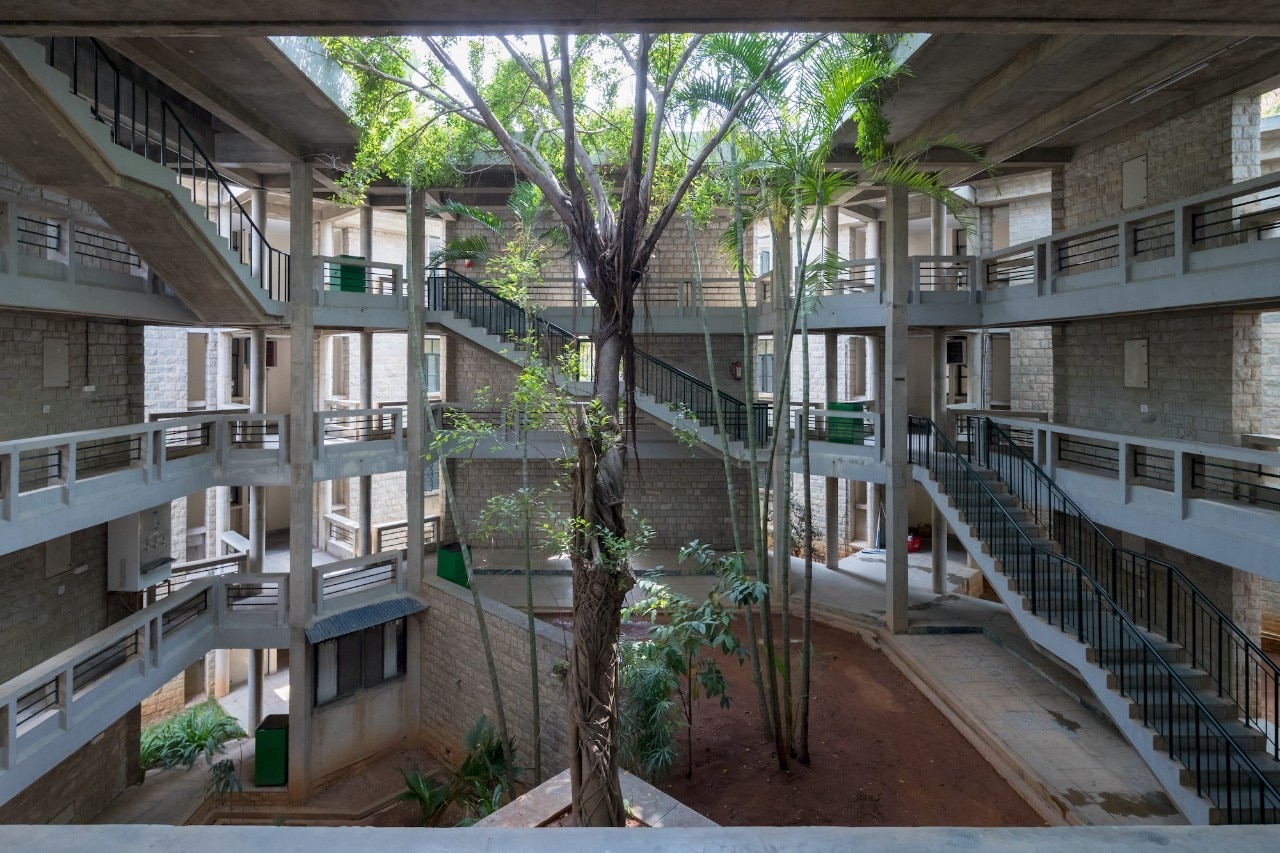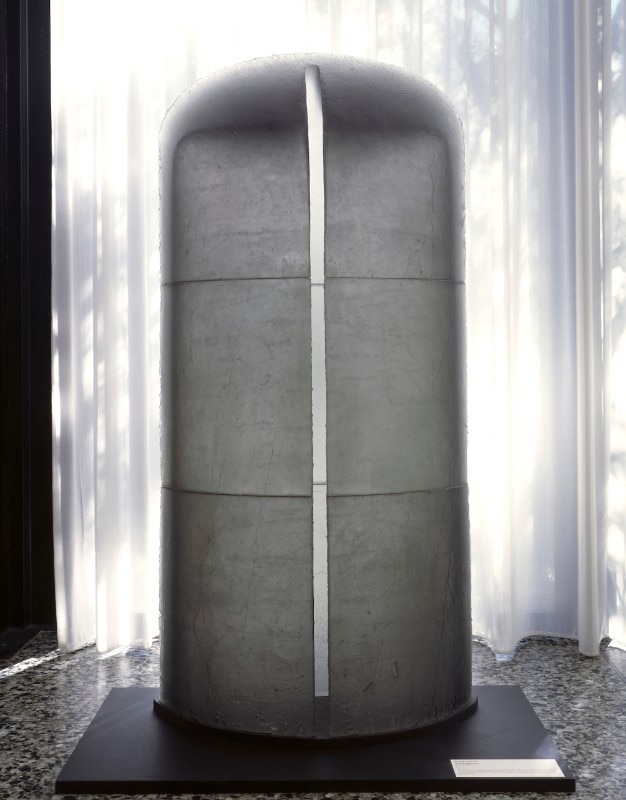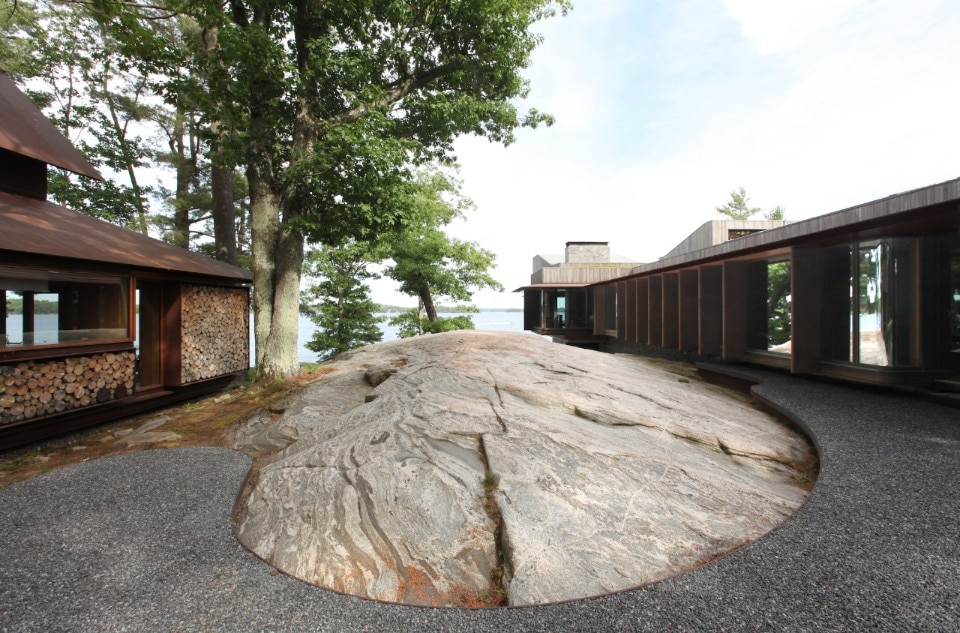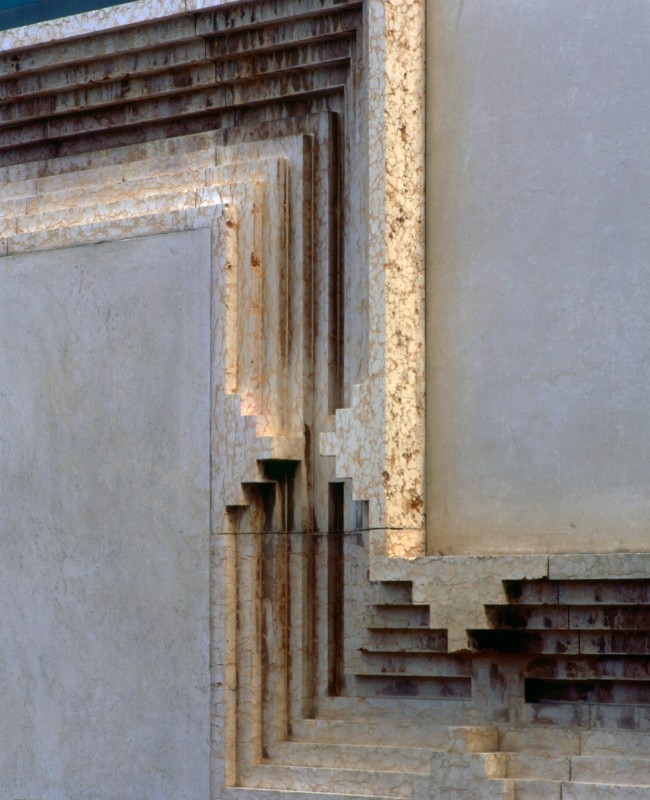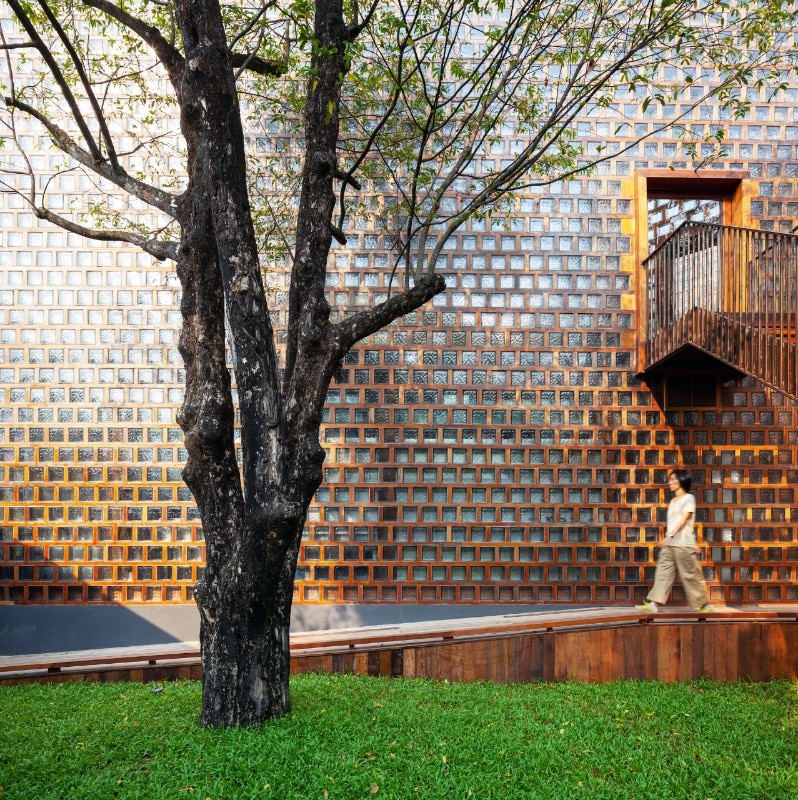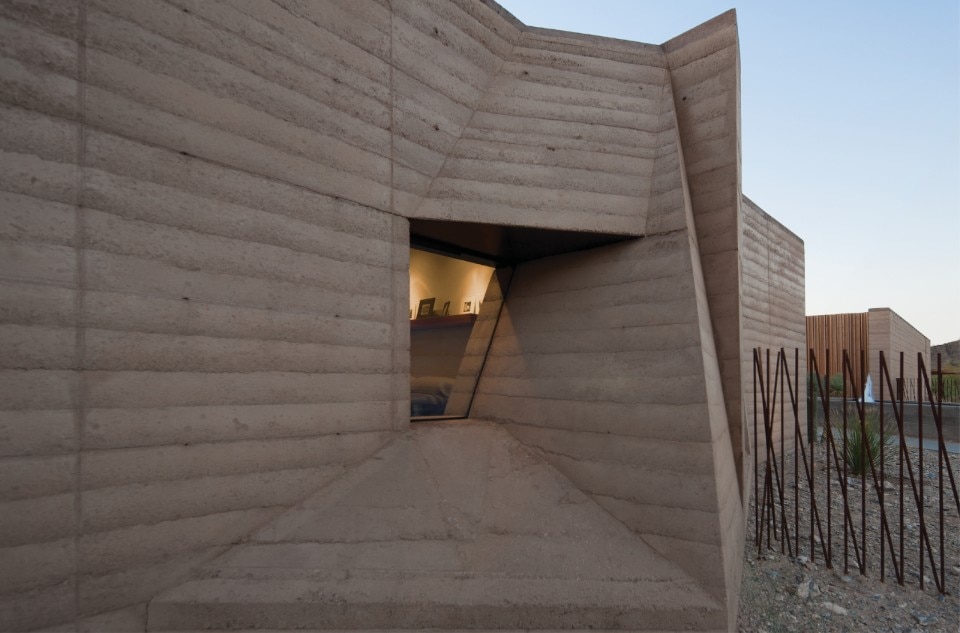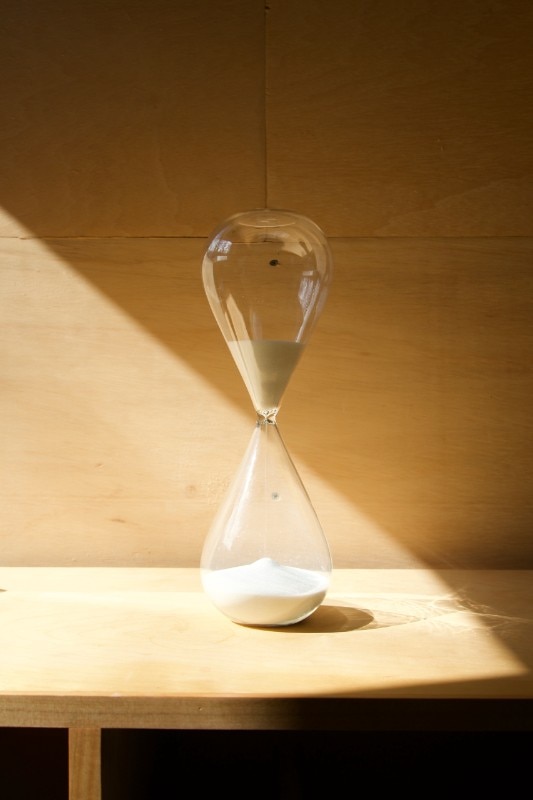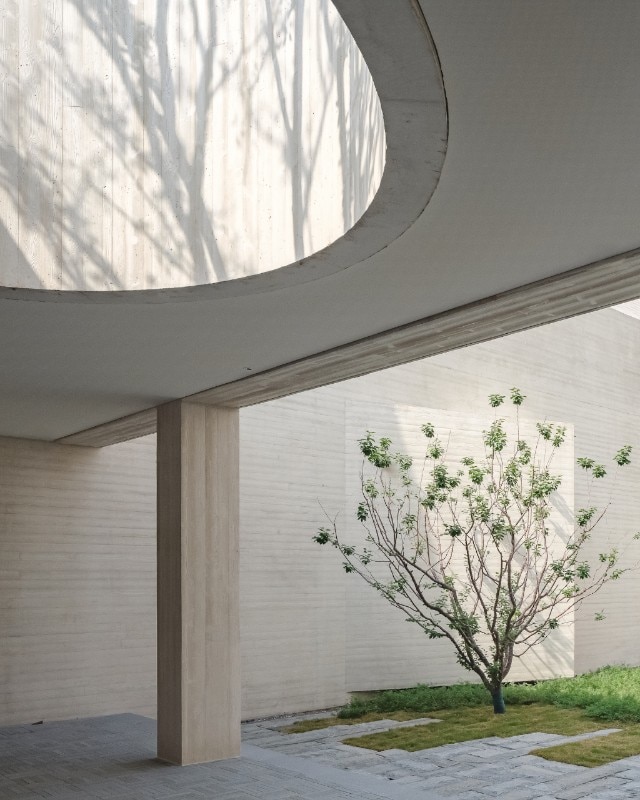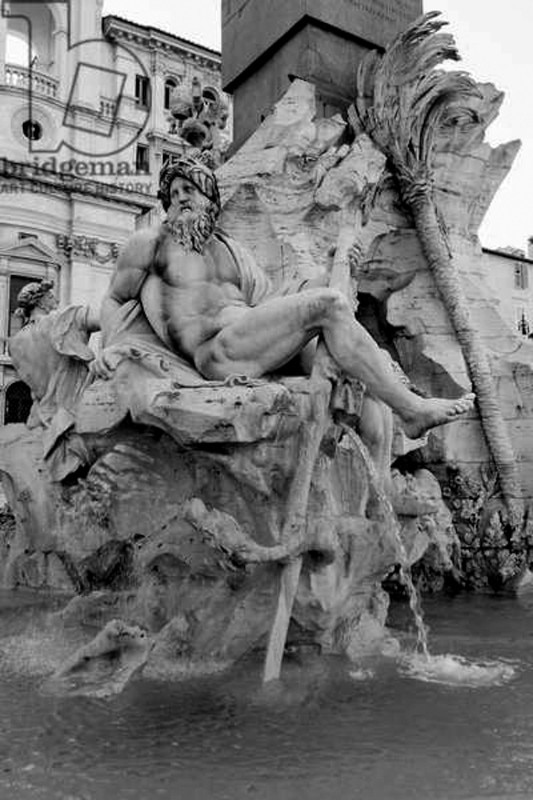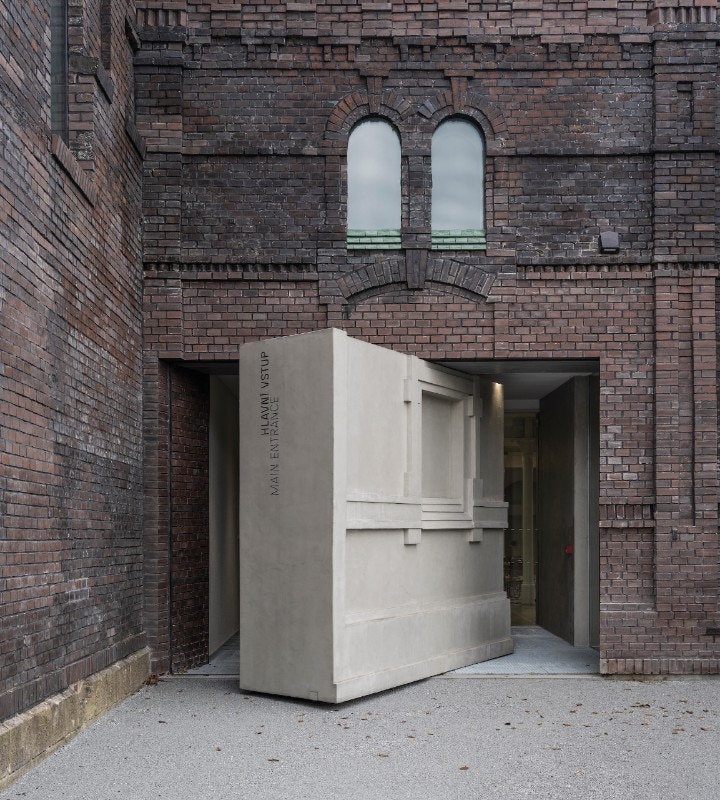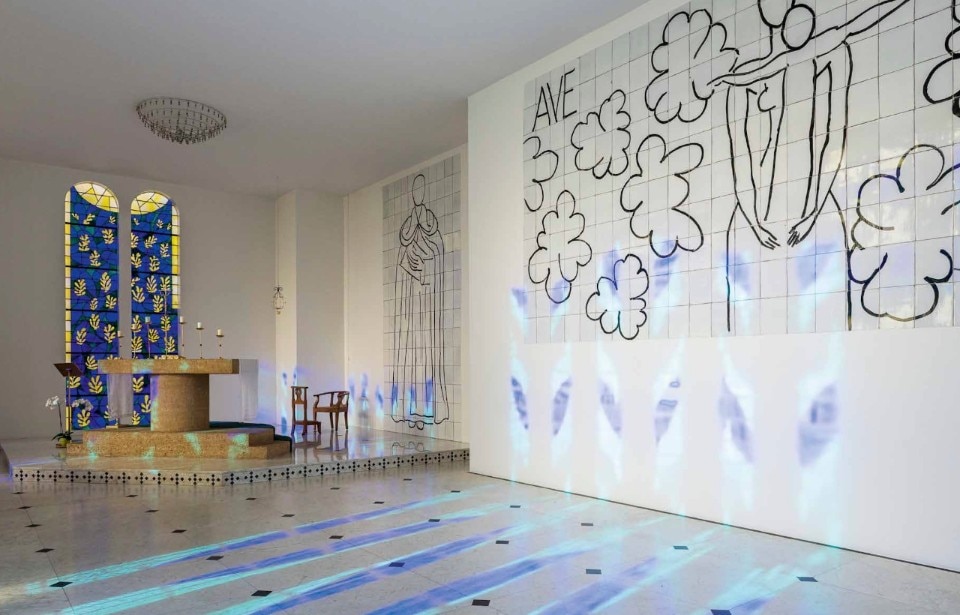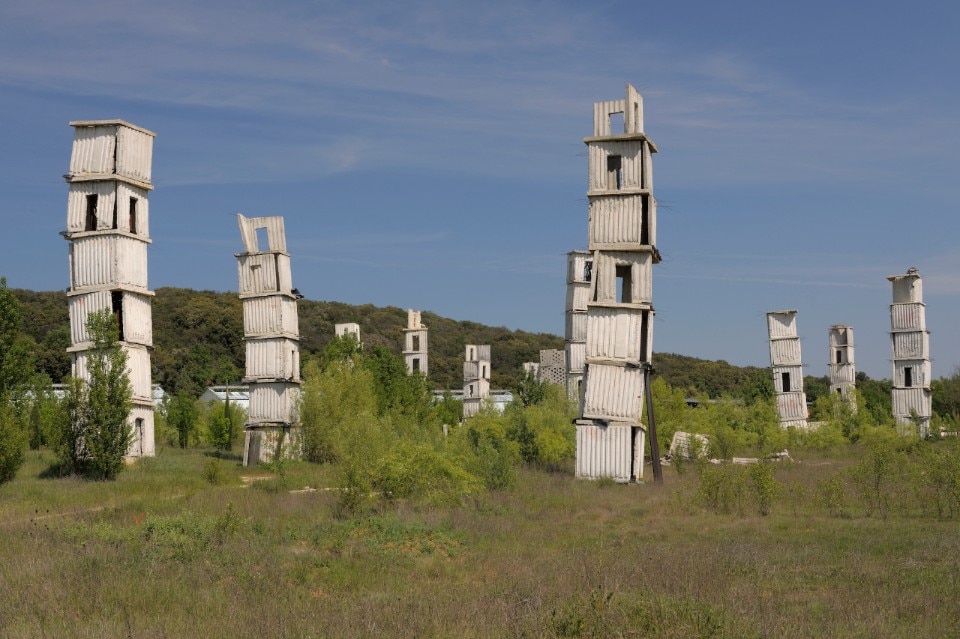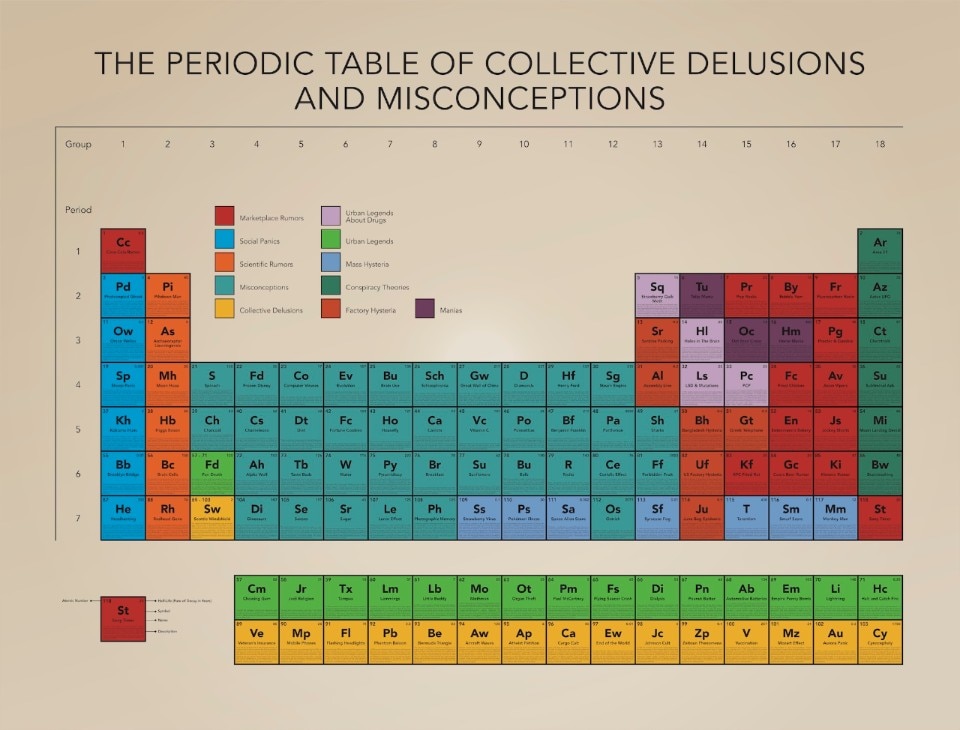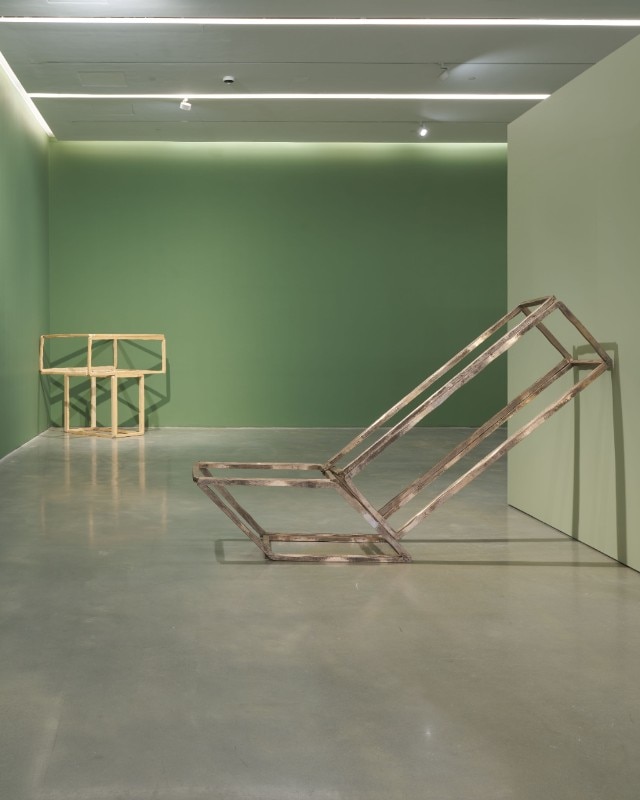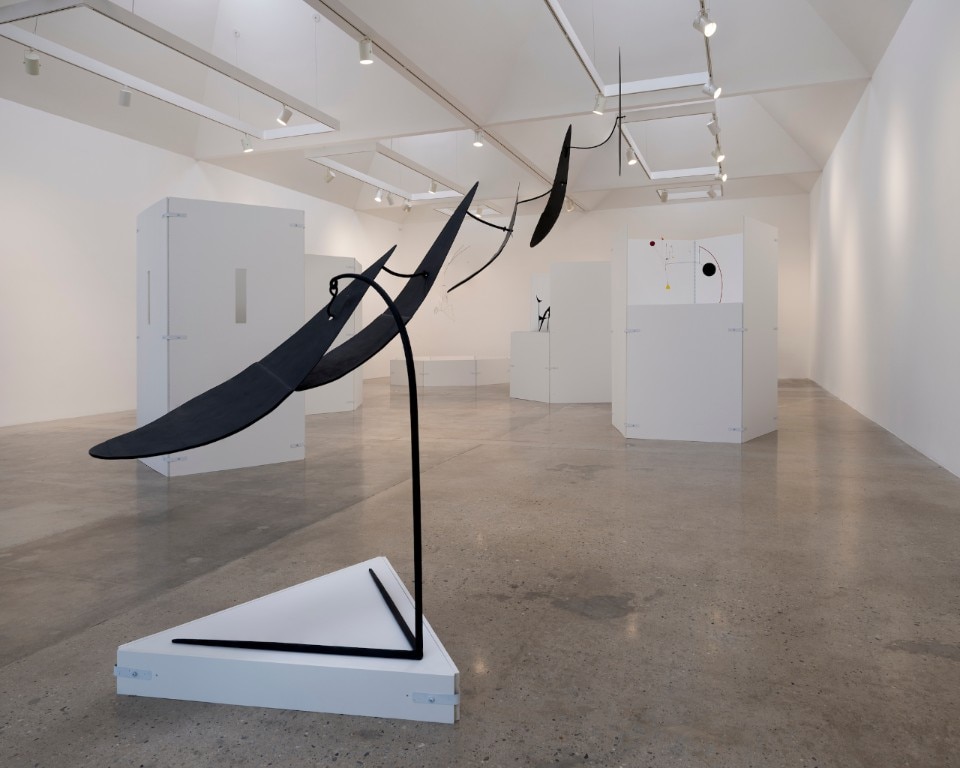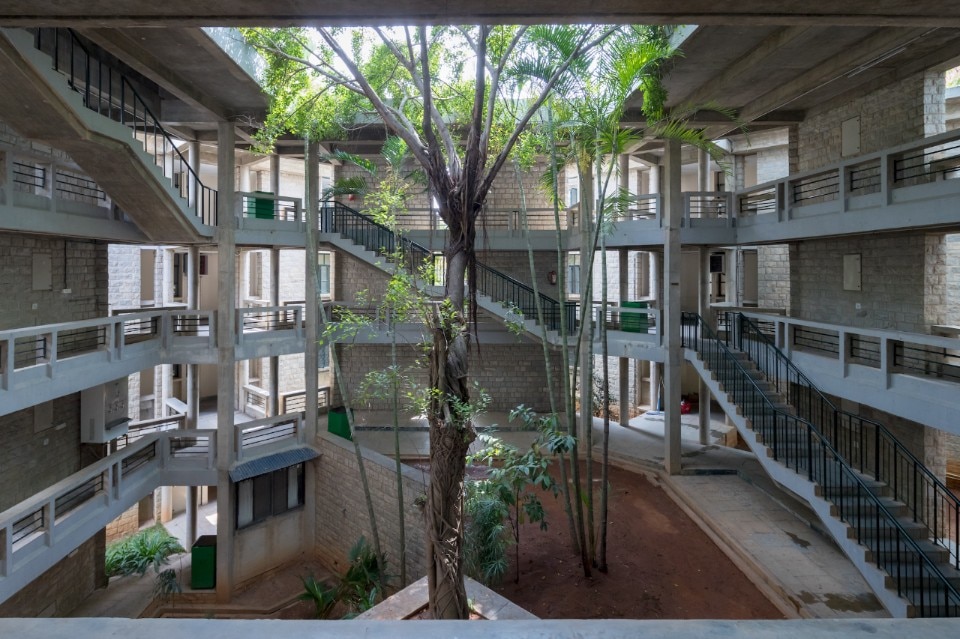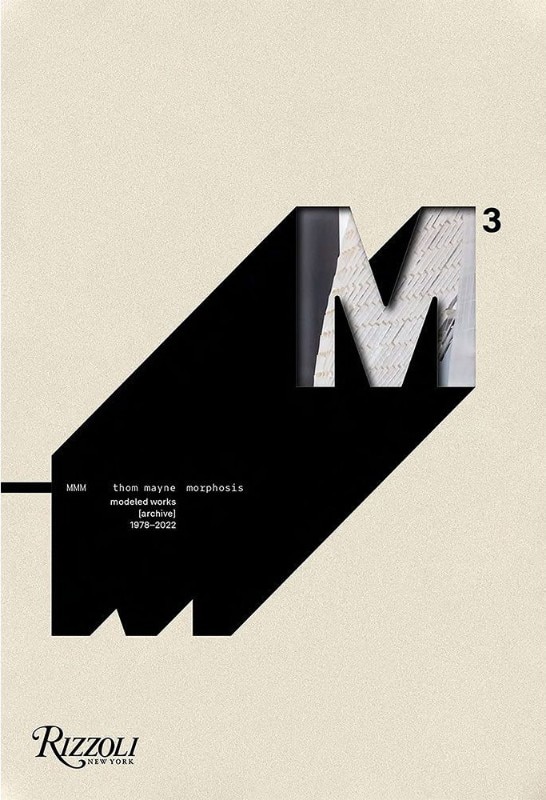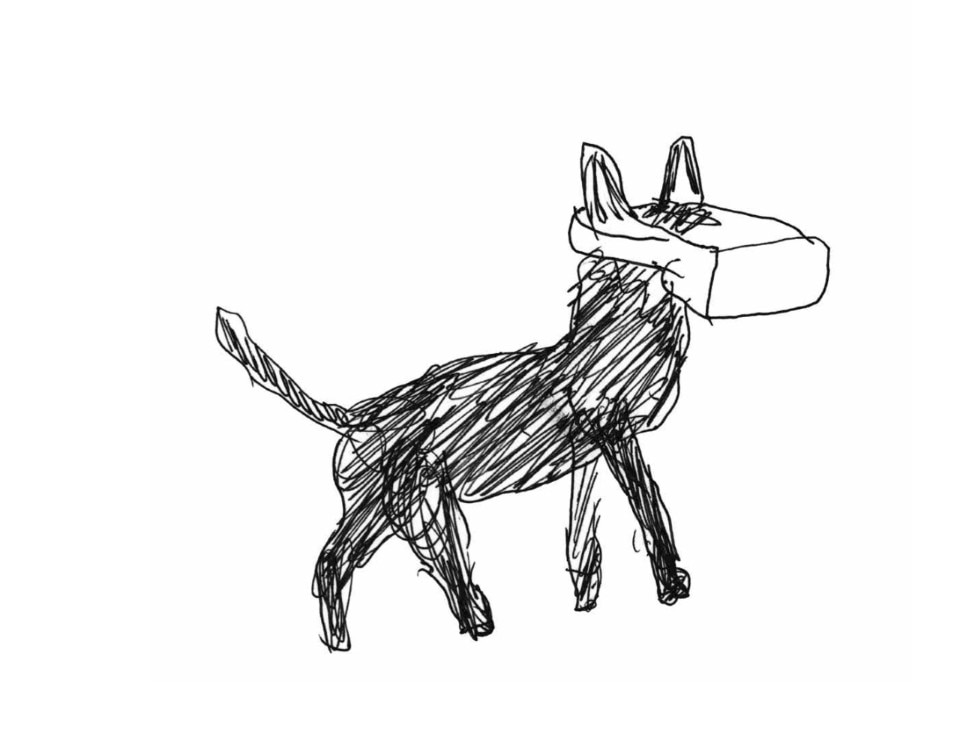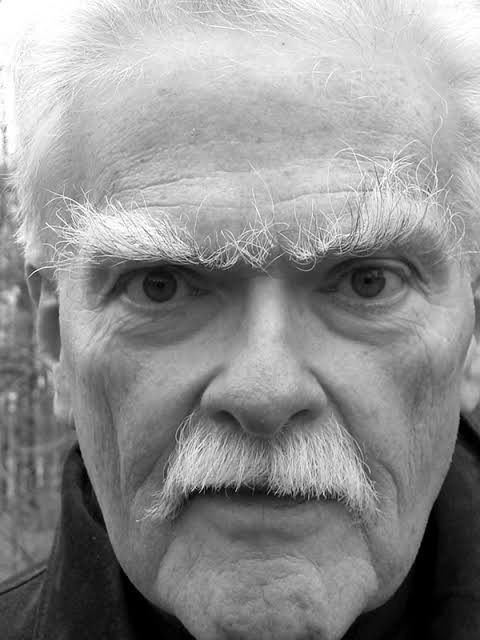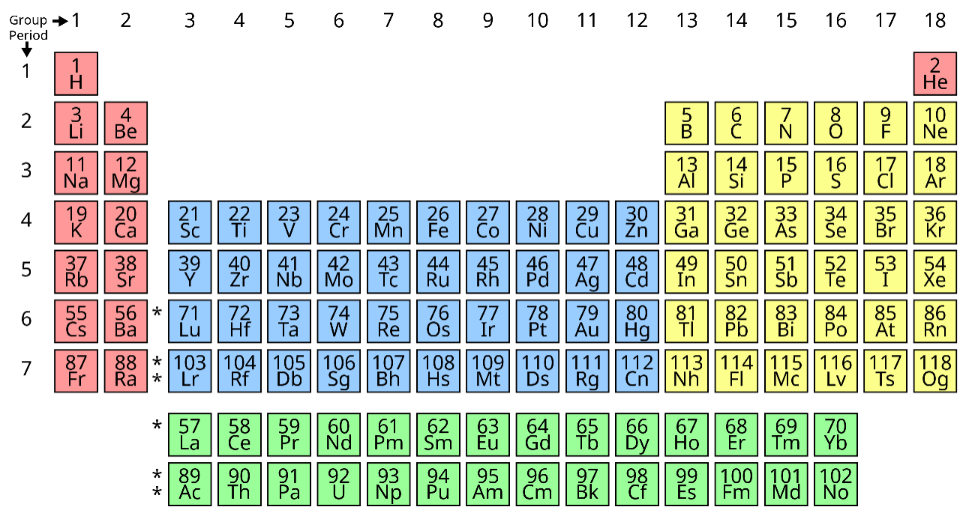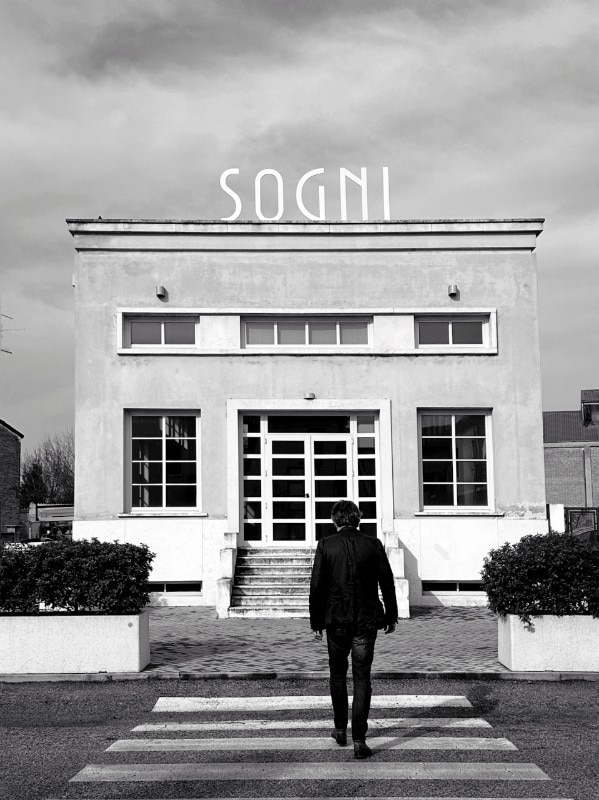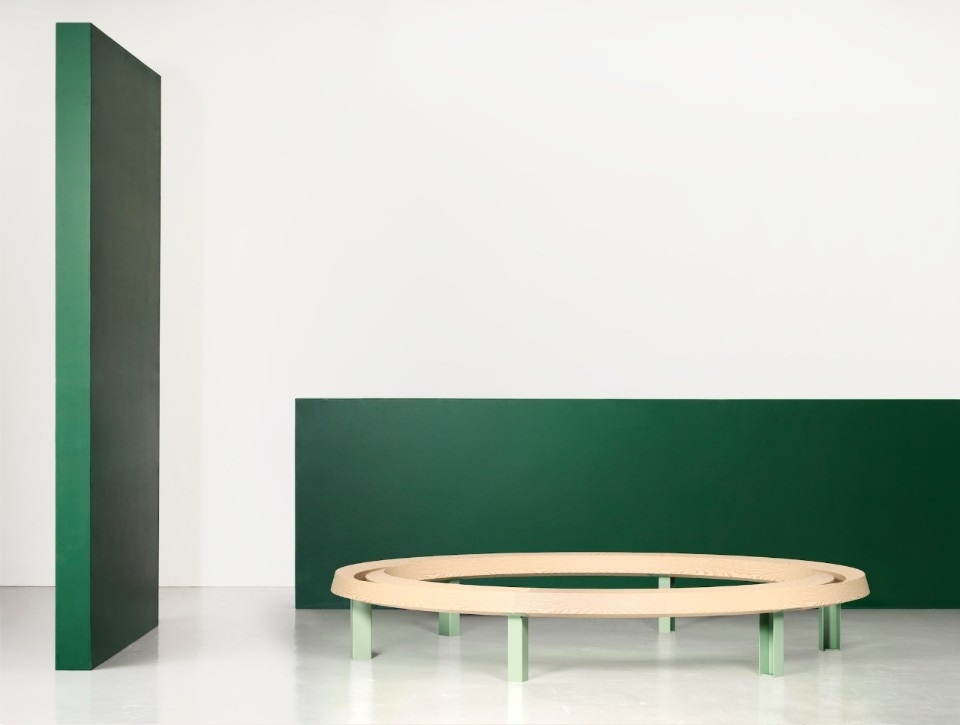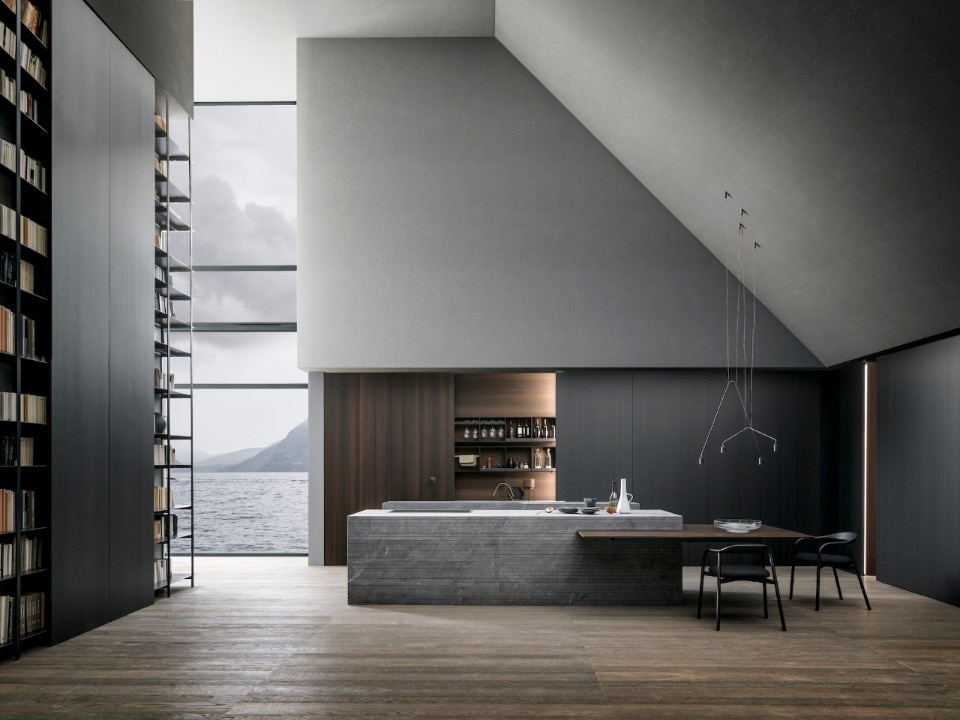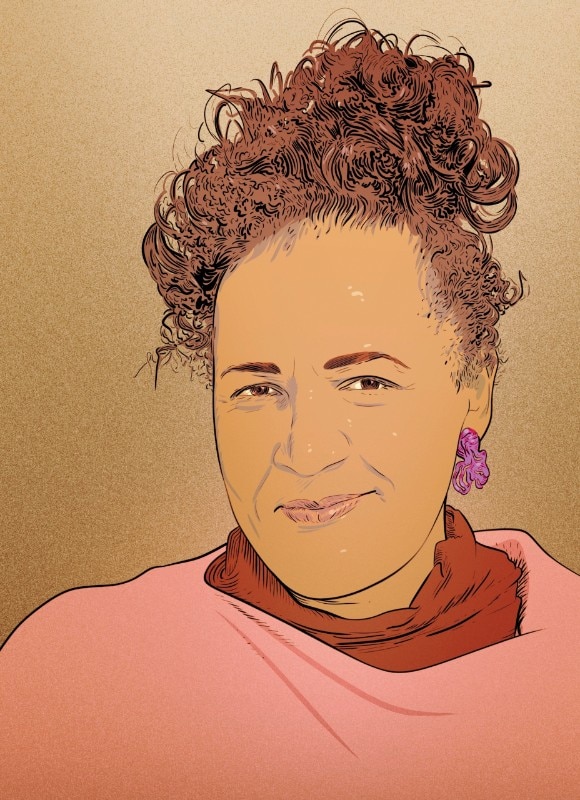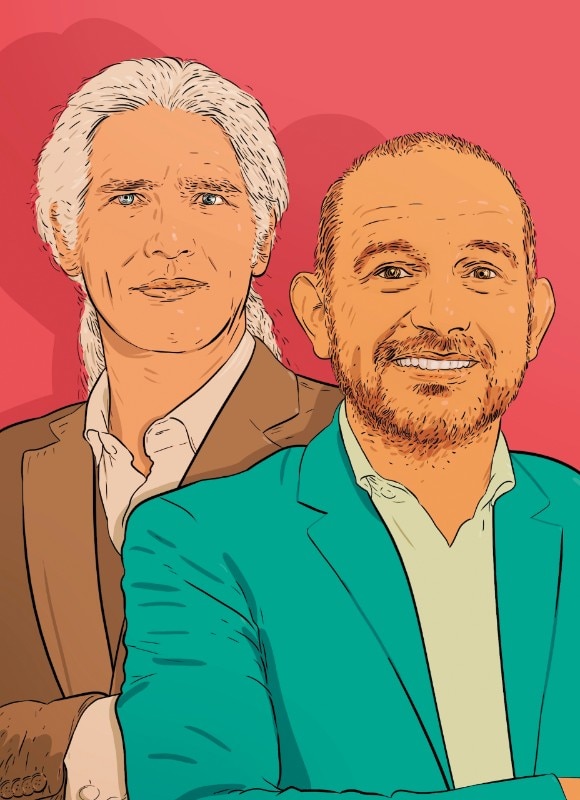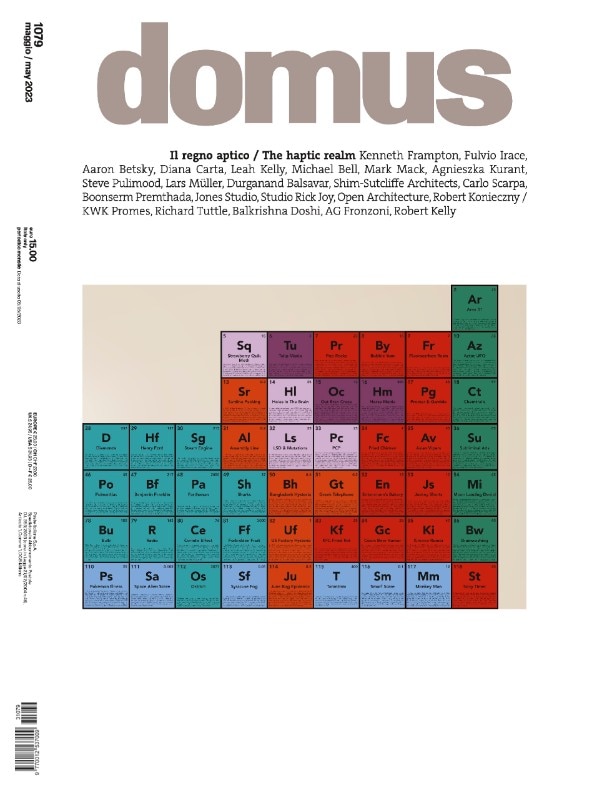The May issue of Domus focuses on the sensory experience of architectural space. Holl, in his Editorial, explains how the materiality of elements can significantly alter the perception of spaces. “When the materiality of the details that make up an architectural space becomes evident, the haptic domain opens wide and the sensory experience intensifies, involving the psychological dimension. The perception of spaces depends on these factors, just as the taste of a food depends on the original flavor of the ingredients.”
Starting with the section Detail, material, Kenneth Frampton writes about the Point William Cottage designed by Shim-Sutcliffe Architects. The complex confronts a dreamlike landscape and the tactile qualities of the site’s natural elements: granite rock, water and vegetation. Next, Fulvio Irace retraces the work of Carlo Scarpa, where there recurs a penchant for the material quality that connotes details and corner solutions and suggests a manual conception of art. Steven Holl interviews Boonserm Premthada, founder of Thailand’s Bangkok Project Studio, who talks about the uncertainty inherent in the materials he chooses, an element that allows architecture to become memory. Aaron Betsky writes about the Desert Outpost Residence designed by Jones Studio. Heir to the building traditions of eighteenth-century Spanish colonization, the residence controls its relationship to the rugged landscape through thick earthen walls and wooden sunshades.
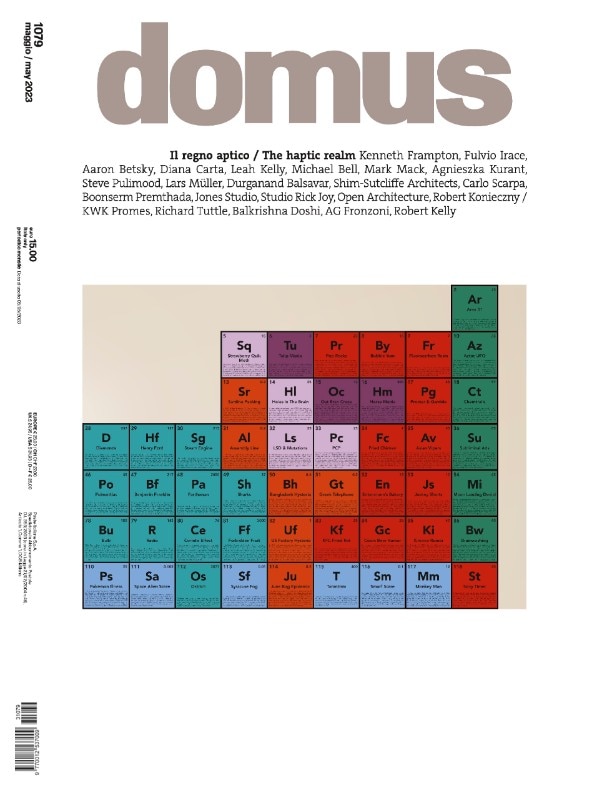
We continue with the theme Haptic time. For Holl by combining experience, relationship and poetry, architecture can be the index, or a metaphysical bridge, to measure, understand and perceive different times. The Guest Editor continues by interviewing the firm Open Architecture for the Shanfeng Academy Suzhou. The cultural and sports center designed by the Chinese firm is meant to awaken the senses and excite, starting with a multiplicity of dimensions. Diana Carta writes about the fountains of Rome: the presence of water in the historic city interacts with the senses and amplifies emotions, dilating time in the perception of space. Robert Konieczny talks about the Contemporary art gallery designed in Ostrava, where, using large movable walls, he managed to bring art outdoors, as well as encourage haptic contact with the building.
For the section Haptic Space, Leah Kelly explains how The human body communicates with the environment through the senses in a crossmodal manner. This awareness brings neuroscience and architecture closer together. Michael Bell narrates Villa Bianchi, which is less well-known than other works by Giuseppe Terragni, but its exterior staircase is itself a refined and complex structural work. Walking down it is a haptic architectural experience. Mark Mack addresses the issue of how to preserve nature through art. Sometimes not quite consciously, art has been a tool in the greatest battle of our time: the defense of the natural environment.
Closing the issue’s Extra Optical section, Agnieszka Kurant writes about the unstoppable layering of interactions: the result of the intermingling of the spheres of the human, animal, bacteriological and digital realms, the Polish artist’s works decode the complexity of the world. Steve Pulimood writes of the synergy between the two giants of sculpture - Alexander Calder and Richard Tuttle - enacted at the Pace gallery in Los Angeles created a virtuous short-circuit in which artist and curator merged, amplifying each other’s work. Lars Müller recalls AG Fronzoni: unsurpassed in radicality and coherence, the Italian master’s minimal design, balanced between rationality and humanism, is still inspiring 100 years after his birth. Durganand Balsavar pays tribute to Balkrishna Doshi, outlining the hallmarks of the design philosophy of the visionary Indian architect who passed away last January.
In closing, Steven Holl and Toshiko Mori narrate the issue's cover, inspired by the periodic table of chemical elements.
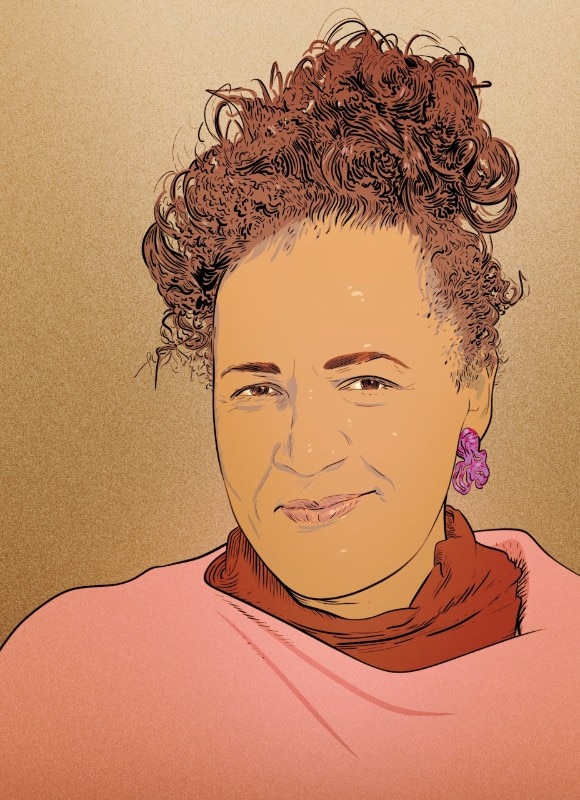
This month’s Diary, with the usual pages devoted to current events, is opened by the Italian Journey section, where Editorial Director Walter Mariotti recounts another stop on the yearlong journey along the peninsula. This time we stop in Tresigallo. Founded 90 years ago by Edmondo Rossoni, the small town in Ferrara is a good place to observe the complexity of the 20th century. Next, Loredana Mascheroni writes about Daniel Rybakken's sense of urban spaces: in his first project for a Norwegian company, Rybakken applies his minimalist and poetic vision to an essential and flexible bench, not just for outdoors. Walter Mariotti interviews Lesley Lokko, curator of the 18th edition, about her “Future Workshop,” which, in order to reflect on production, resources, rights and risks related to the discipline, shines a spotlight on Africa. Finally for the Points of View column, a conversation between Alexander Schwarz and Antonio Gioli: Postwar architecture is fragile, starting with the materials from which it is often made. Therefore, the approach to its reuse must understand its nature.


